9 interesting facts about the Milky Way
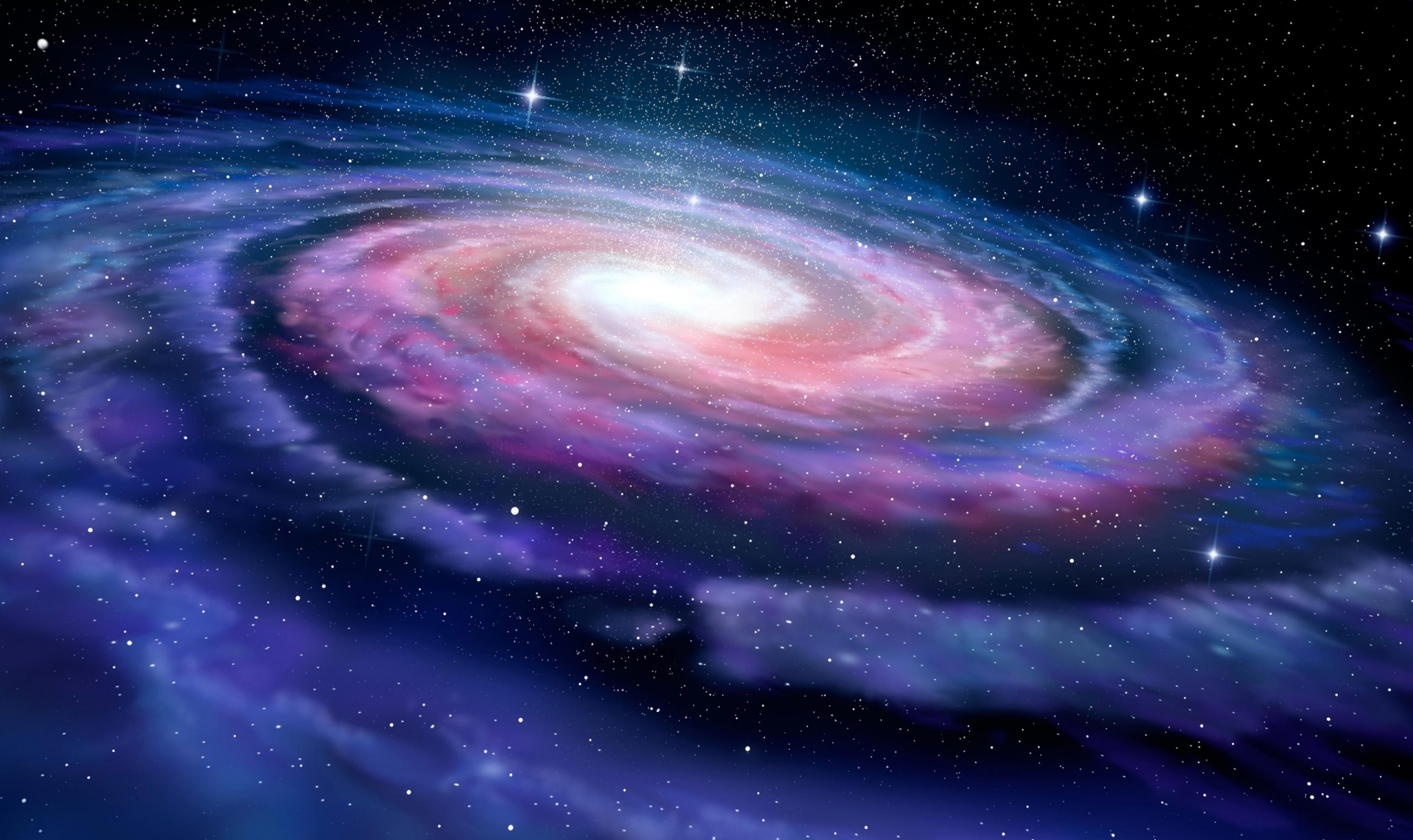 |
| Photo: Scitechdaily.com |
The Milky Way has for so many centuries baffled scientists and philosophers the world over. This galaxy is our home; it encompasses our planet, our solar system and billions upon billions of stars and planets.
The Milky Way is tied into mythology from the dawn of time, across civilisations and countries, each having their own explanation for the creation of this mind-boggling all-encircling concept, from spilled cornmeal to a river placed there by greedy gods.
Here we’re going to look at 9 magnificent facts about the Milky Way.
1. It’s warped.
The Milky Way is a disk that measures about 120,000 light years across, with a central bulge that has a diameter of about 12,000 light years. The disk is not perfectly flat though, it is warped due to our neighboring galaxies Large and Small Magellanic clouds. These two galaxies have been pulling on the matter in our galaxy like a game of tug-of-war.
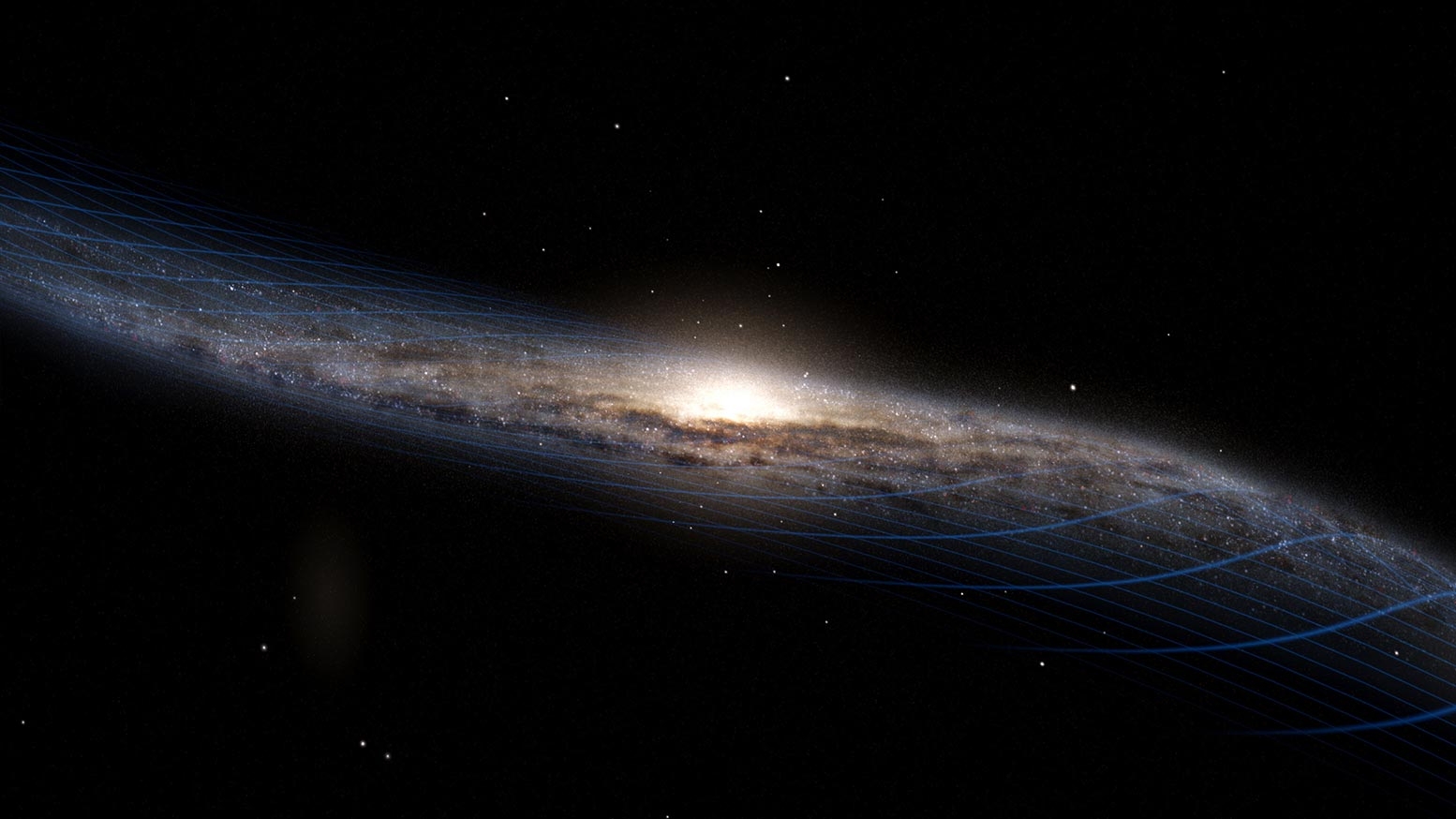 |
| Photo: Scitechdaily.com |
2. The Milky Way Has Ancient Mythical Origins
The ancient Greeks had a story about the origin of this band of stars. Once, the Goddess Hera was nursing Hercules when he was asleep. When she pulled herself away, the milk from her breast spilt across the heaven creating the Milky Way. Nobody knows whether this is true or not.
3. The Milky Way Has Billions of Stars and Planets
If you go out at night, there will roughly be around 4500 stars you can see with just your eyes. Astronomers, however, have a much more sophisticated way to find out how many stars are there in our galaxy. So if you’re wondering how many stars are present in the Milky Way, the estimates range between 100 and 400 billion stars! Another fun fact is that there are way more stars in the observable universe than there are grains of sand on all the oceans of the world combined.
4. Nobody knows how much the Milky Way weighs
On a related note, astronomers are still unsure exactly how much our galaxy weighs, with estimates ranging from 700 billion to 2 trillion times the mass of our sun. Getting a better grasp is no easy task. Most of the Milky Way's mass — perhaps 85 percent — is in the form of dark matter, which gives off no light and so is impossible to directly observe, according to astronomer Ekta Patel of the University of Arizona in Tucson. Her recent study looked at how strongly our galaxy's humongous mass gravitationally tugs on smaller galaxies orbiting it and updated the estimate of the Milky Way's mass to 960 billion times the mass of the sun.
5. It has an invisible halo.
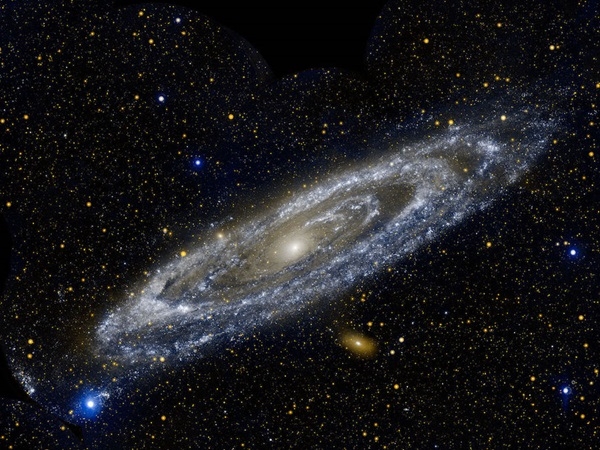 |
| Photo: Astronomy.com |
Our galaxy is made up of about 90% dark matter, matter that cannot be seen, and about 10% “luminous matter”, or matter that we can see with our eyes. This large quantity of dark matter causes an invisible halo that has been demonstrated by simulations of how the Milky Way spins. If the dark matter did not exist then the stars within the Milky Way would orbit much slower than has been observed.
6. There Is a Black Hole at the Centre of the Milky Way
If everything is going around it, then there must be something massive at the centre of the Milky Way. Like the drain in the centre of a sink into which water flows down, there’s an enormous black hole at the centre of the Milky Way with a mass that is four million times that of the sun.
7. It’s Part of the Virgo Supercluster
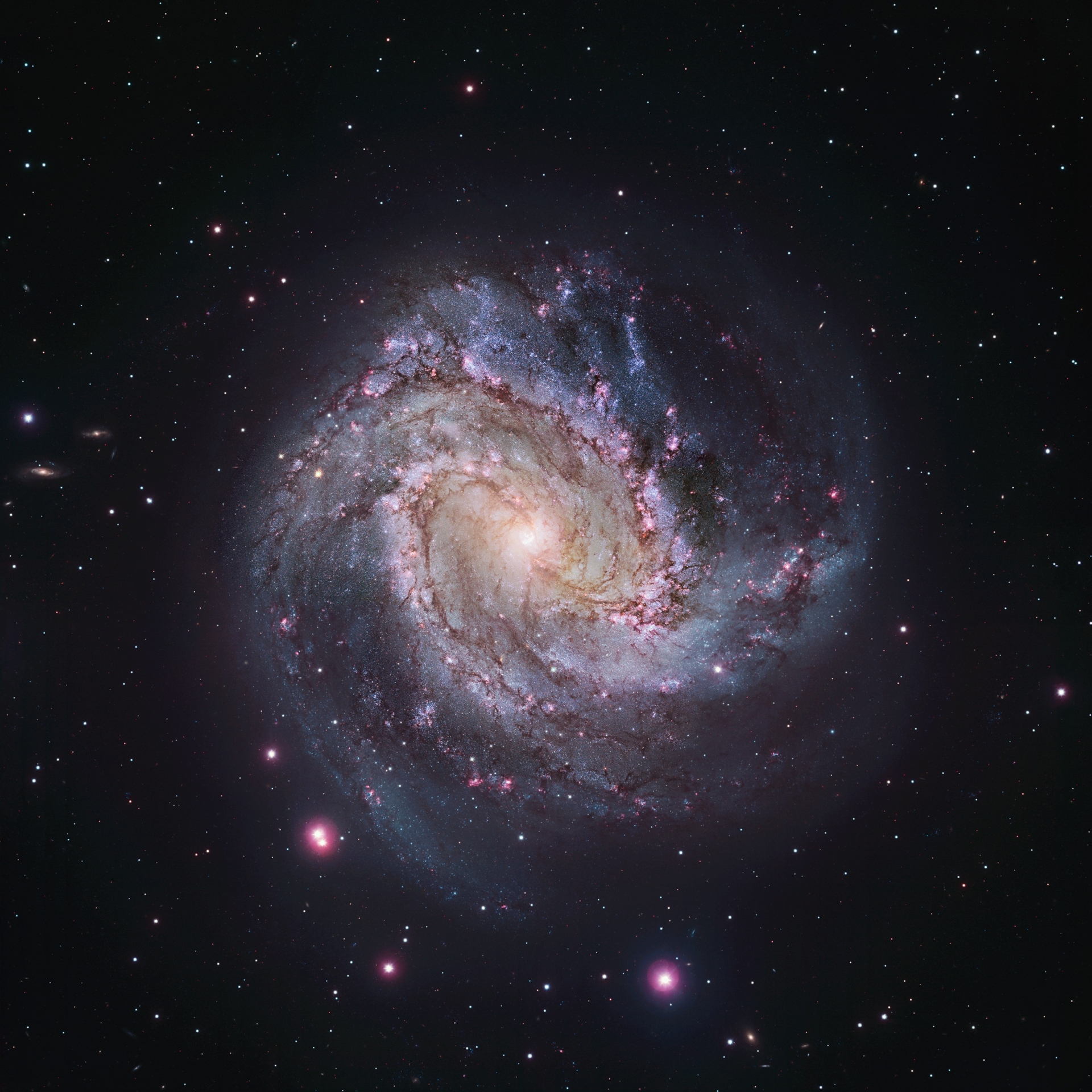 |
| Photo: Astronomy.com |
As big as it is, the Milky Way is part of an even larger galactic structures. Our closest neighbors include the Large and Small Magellanic Clouds, and the Andromeda Galaxy – the closest spiral galaxy to the Milky Way. Along with some 50 other galaxies, the Milky Way and its immediate surroundings make up a cluster known as the Local Group.
8. It’s on the move
The Milky Way, along with everything else in the Universe, is moving through space. The Earth moves around the Sun, the Sun around the Milky Way, and the Milky Way as part of the Local Group, which is moving relative to the Cosmic Microwave Background (CMB) radiation – the radiation left over from the Big Bang.
9. Every Picture You’ve Seen of the Milky Way Isn’t It
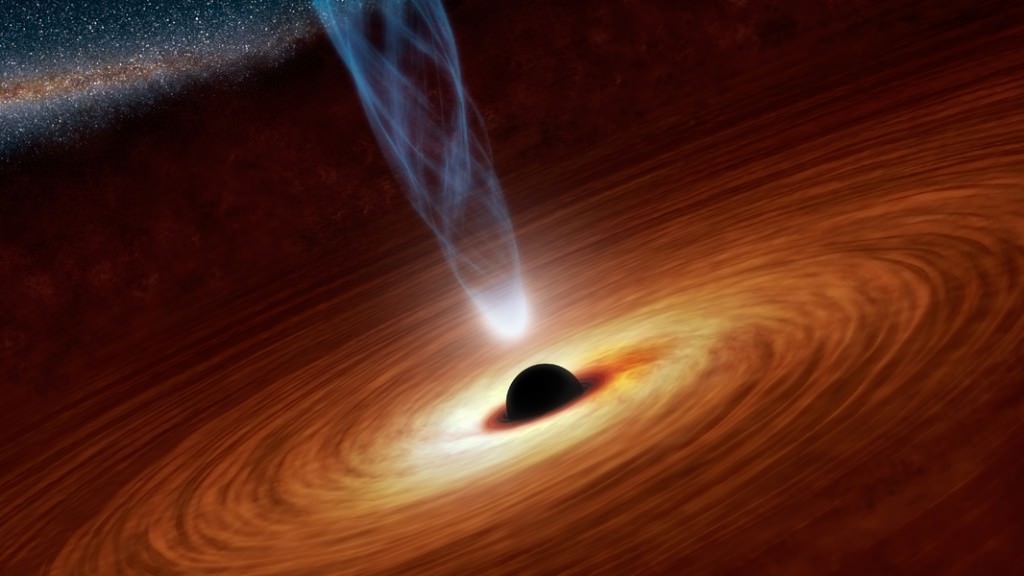 |
| Photo: Universetoday.com |
| Currently, we can’t take a picture of the Milky Way from above. This is due to the fact that we are inside the galactic disk, about 26,000 light years from the galactic center. It would be like trying to take a picture of your own house from the inside. This means that any of the beautiful pictures you’ve ever seen of a spiral galaxy that is supposedly the Milky Way is either a picture of another spiral galaxy, or the rendering of a talented artist. |
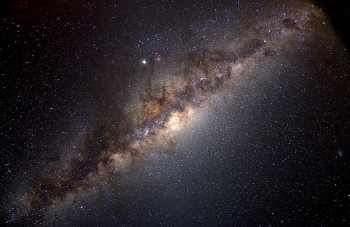 Facts About Stars: Top 9 Amazing Things Facts About Stars: Top 9 Amazing Things The night sky is full of bright stars, galaxies, and mystery too. Here’s a collection of 9 unexpected, intriguing facts about the stars of our ... |
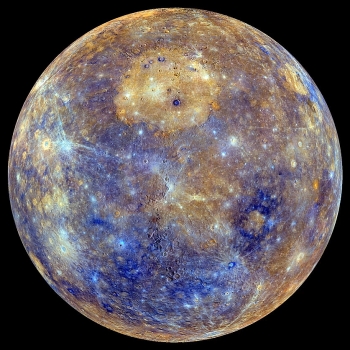 Facts about Mercury: Top Amazing Things Facts about Mercury: Top Amazing Things Mercury is the closest planet to the Sun and due to its proximity, it is not easily seen except during twilight. If you are curious ... |
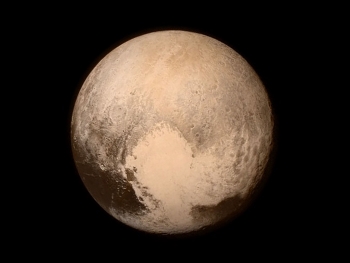 Facts about Pluto Facts about Pluto Discovered in 1930, Pluto is the second closest dwarf planet to the Sun and was at one point classified as the ninth planet. Pluto is ... |
 Amazing Facts about the Amazon Rainforest Amazing Facts about the Amazon Rainforest Stretching over a huge portion of the South American continent, the world’s largest and most bio-diverse rainforest is chock full of surprises. Learn amazing facts ... |
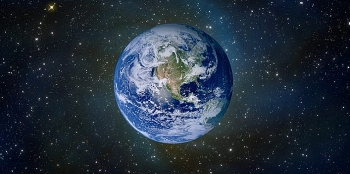 Top 7 Amazing Facts about the Earth we're living in! Top 7 Amazing Facts about the Earth we're living in! Planet Earth? That shiny blue marble that has fascinated humanity since they first began to walk across its surface. And over the course of the ... |


























